The highest mountains in the world – the Himalayas – often seem very inaccessible. Their size is definitely a bit overwhelming, but what are the risks when trekking in Nepal?
Frankly speaking, if you are prepared, trekking in Nepal is not more dangerous than in any other mountains. You do not need to even carry a tent or canned food as there are usually plenty of guest houses on the main trekking routes. Local people are extremely friendly and always ready to help. There are many trails so everyone should find something suitable for their needs.
Nevertheless, like in all the mountains and with any outdoor activity, you should be aware of potential dangers to be well prepared and be safe. Let’s talk about the risks when trekking in Nepal and how to avoid them.
What's in this blog post?
RISKS WHEN TREKKING IN NEPAL
1. Altitude sickness: What is it exactly?
When you think about risks when trekking in Nepal, altitude sickness is probably what comes to your mind immediately. It is the most common reason preventing people from reaching their dream mountain goals. What is it exactly and how to avoid it?
In order to understand its cause you should know that with the increased altitude, the amount of oxygen in the air decreases. At the highest altitude of the most popular Nepal treks – 5,500 m – the air contains only half of the oxygen compared to sea level. For a body not adapted to such height, this means hypoxia, which may result in altitude sickness. Its most common symptoms are dizziness and nausea. Why some people are more likely to get sick? No one really knows the reason. Each body reacts differently to an increase in altitude. Some people might have altitude sickness symptoms already at the altitude of 2,500 m above sea level while others much higher. Unfortunately, there is no possibility to train or prepare the body in advance. How will your body react? It’s a lottery.
1.1. How to avoid the altitude sickness?
Good acclimatization is the best way to avoid the risk of the altitude sickness while trekking in Nepal. It requires you to
climb according to the established recommendations
You should not climb more than 400 meters a day once you reach 3000 m above sea level. According to this rule, if on the first day you sleep at 3000 m, the next day you should not stay overnight above 3400 m. You need to plan your trek well. After having climbed 1000 meters of elevation, you need to have the so-called acclimatization day, which does not mean a lazy day though. During the acclimatization day, you should “climb high and sleep low”. This means climbing up during the day and going back down, usually to the same place where you stayed the night before.
To reduce the altitude sickness risk,
your daily consumption of fluids should not be less than 3-4 liters
The body dehydrates much faster at higher altitudes. Due to the thinned air, we get tired more easily which leads to greater water consumption in the body. So it’s best to drink plenty of water. You might want to improve filtered water taste by buying effervescent vitamin tablets to be dissolved in water. Apart from the water bottle, you might want to carry with you a small thermos with hot tea. At higher altitude in cold weather, it warms you up and tastes much better than ice-cold water. You should always remember to drink a lot, not only when you are thirsty. Sometimes in a colder climate, you might not realise that you are dehydrated. I think that my body acclimatizes well because I drink plenty of water.
Avoid alcohol
It slows down the acclimatization process, intensifying dehydration and body exhaustion, which is tired enough by trekking alone. On the way back at lower altitudes, when you are already acclimatized, drinking a beer to celebrate the successful expedition is highly recommended though.😉
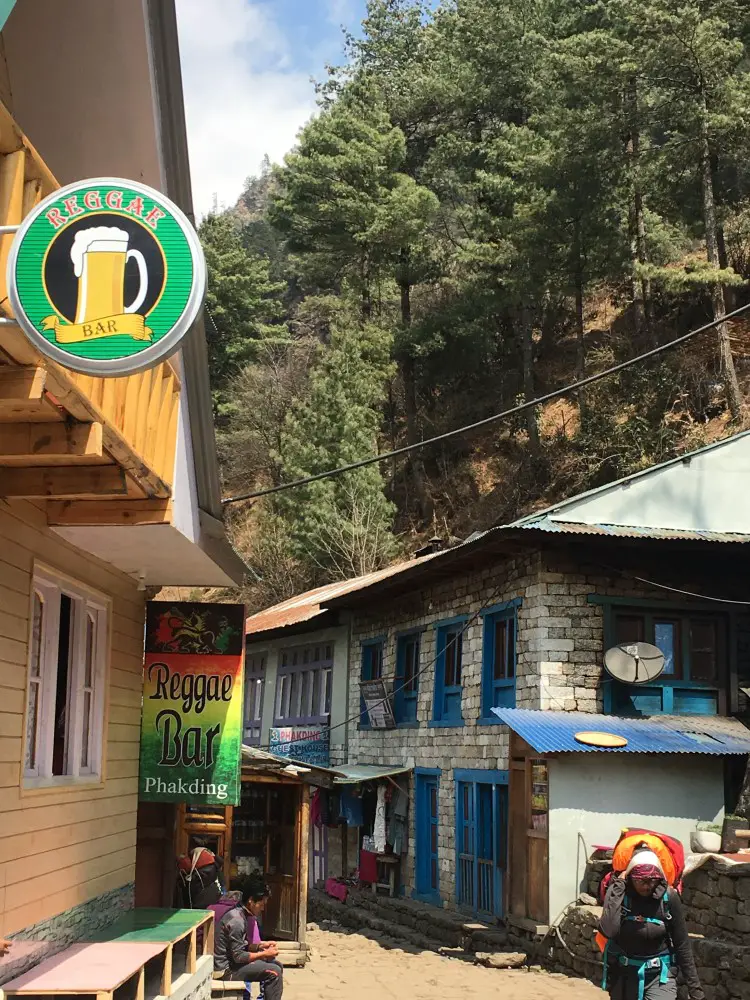
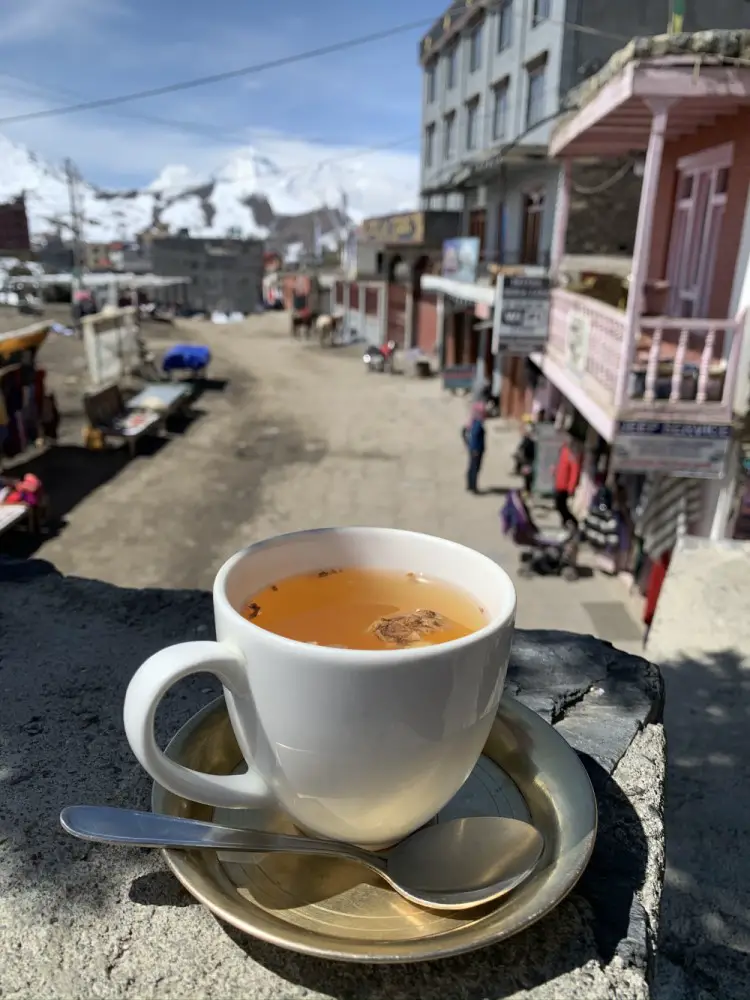
And how do the locals avoid altitude sickness risk when trekking in Nepal? Well, the most popular local way to fight it is
eating a garlic soup
which is available probably at every tea house on all the Himalayan trails. Unfortunately, there is no scientific evidence to support its effectiveness. However, why not try it? It certainly won’t hurt. Who knows, maybe the placebo effect will work?
In order to accelerate the acclimatization process you can also
take a drug containing acetazolamide
It’s quite common to take it as prevention a day or two before your trek or when the first of altitude sickness symptoms appear. Acetazolamide does not work as an immediate cure for the sickness. It only helps to speed up the acclimatization process which in turn helps to relieve symptoms. It is the most effective if started early in the course of mountain sickness.
Personally I am not able to say anything about its effectiveness as I have never used it. If you don’t know how your body will react at higher altitudes, it’s good to have it with you. I bought a pack of acetazolamide before my first high-altitude trek in Nepal. The medicine is readily available in Nepal and can be purchased at almost all pharmacies in Kathmandu. Be aware of the potential side effects though. The most common are: tingling sensations in both hands and feet and more frequent urination. Especially the latter may discourage you from taking the drug at least as prevention. Think of it: it’s a dark, cold night, minus temperature outside, you are wrapped in your warm sleeping bag and you need to go to the toilet which might be outside the building…
2. Snow blindness: The higher you get, the greater the risk
One of the main risks when trekking in Nepal, that is often underestimated among the beginners, is the risk of snow blindness. Everyone knows that intense sunlight may damage the eyes. Although you might not be aware that in the mountains the solar UV radiation gets stronger proportionally to the altitude increase. At higher altitude less atmosphere is available to absorb UV radiation. In addition, snow reflects the sun’s rays causing UV exposure even greater. The snow blindness (known also as the sunburned eyes or photokeratitis) symptoms are: eye watering, pain and photosensitivity. It can also lead to temporary sight loss, lasting up to several days.
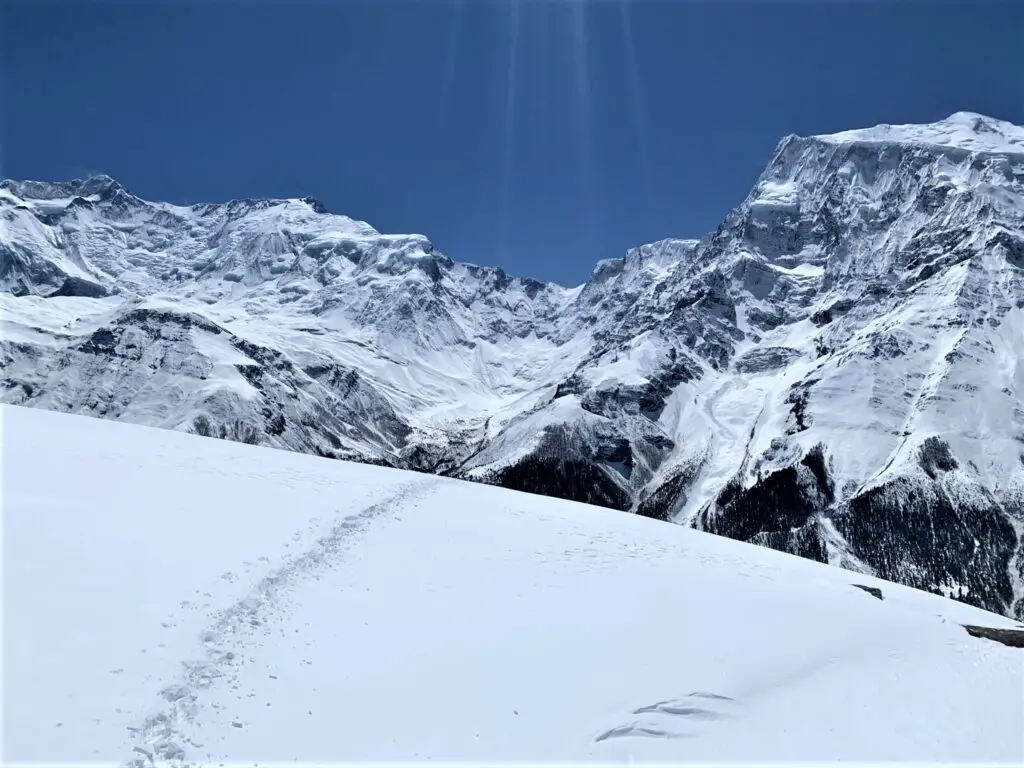
It is easy to avoid these very unpleasant symptoms however. Before your adventure
get a pair of good sunglasses
2.1. How to choose the right sunglasses?
When choosing the sunglasses you should pay special attention to their UV protection and light transmittance. In Europe there are 5 categories of lenses – from 0 to 4. The higher the category, the better the protection against UV radiation provided by the glasses.
Therefore, cheap sunglasses from a market stall will most likely fall into category 0. They will let in 80-100% sunlight. They will only protect against wind and not UV radiation. Category 4, letting in only less than 8% of UV radiation is designed to offer great protection in high mountains or on the glacier. When planning trekking above 4,000 m, it is best to get this type of sunglasses. Unfortunately, the quality comes usually with the high price. In most cases, Category 3 glasses will also work well. Their price is usually more affordable. Safety standards of sunglasses sold in the US are slightly different. They consist of 3 lenses categories when it comes to UV transmittance.
2.2. Snow blinding: my own experience
I have to admit that before my first trek in the Himalayas, I wasn’t aware of the importance of good eye protection. Nevertheless, I bought quite decent polarized sunglasses which suitable for skiing. In fact, I had no problems with my eyes. Unfortunately the glasses did not survive my trek and fell apart at the end of it. But I couldn’t really complain about them. I was definitely more lucky than a Polish girl I met at the beginning of the trek. On the way back from the Everest Base Camp I heard that in Lobuche she got snow blindness and… was rescued by a helicopter. I really didn’t expect that it could get so serious.
Unfortunately, I didn’t remember this sad story for too long. For my next trek I only brought cheap sunglasses bought at the last minute in Kathmandu. Apart from having a very nice name “Everest”, there was nothing good about those sunglasses. On my way to Ice Lake in the Annapurna region at about 4,000 m, while walking on the snow, the harsh light began to disturb me immensely. My eyes started to water a lot. Fortunately, it wasn’t too serious. The unpleasant feeling diminished after I cleaned the eyes with moisturizing wipes. But I knew that in Manang – the last village before the snow-covered Thorong La Pass at 5416 m – I must get better sunglasses. I might be less lucky next time.
Lastly, I will just add that three people, who I met on that trek, got snow blindness as they had no sunglasses at all and needed to turn back.
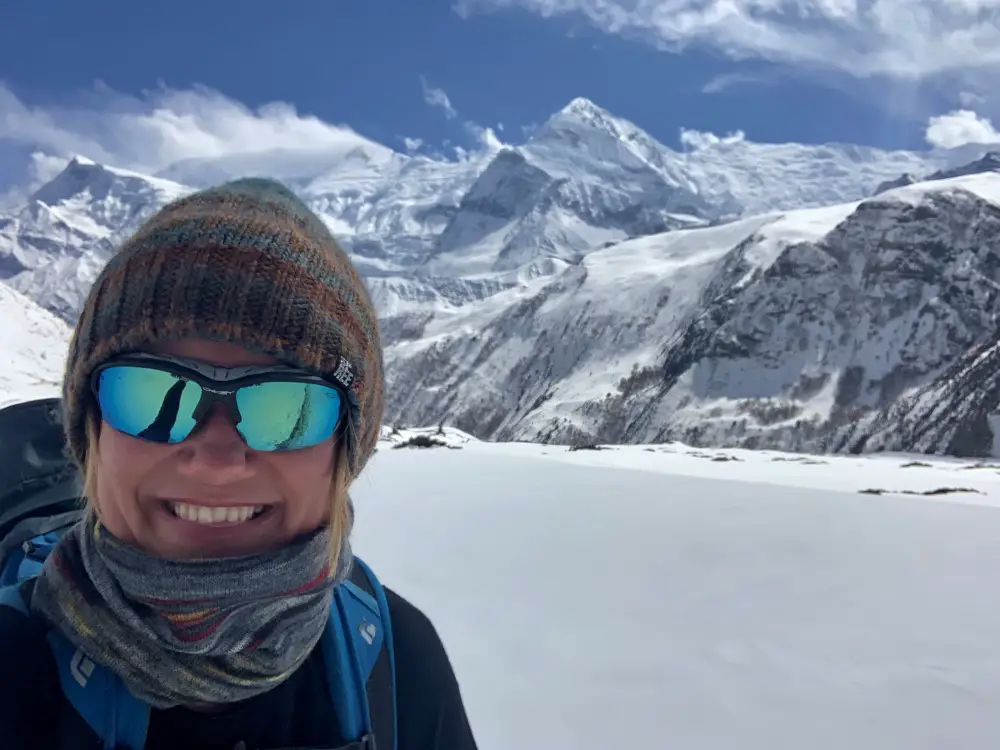
3. Getting lost when trekking in Nepal
It’s hard to get lost on the most popular trekking routes in Nepal. The trails are usually wide, often trampled not only by crowds of tourists, but also herds of yaks. When in doubt, you can always ask for directions. If you hike in a main trekking season just wait a moment and a trekker or even a group with a local guide will appear on your path. If you trek in the off-season, it will be a bit harder though. Especially on acclimatisation days during your day hikes or when it snows heavily, the markings on the trail may be less visible. In such circumstances getting lost becomes one of the risks when trekking in Nepal. Therefore, before your trip it is best to
to install the maps.me application on your phone
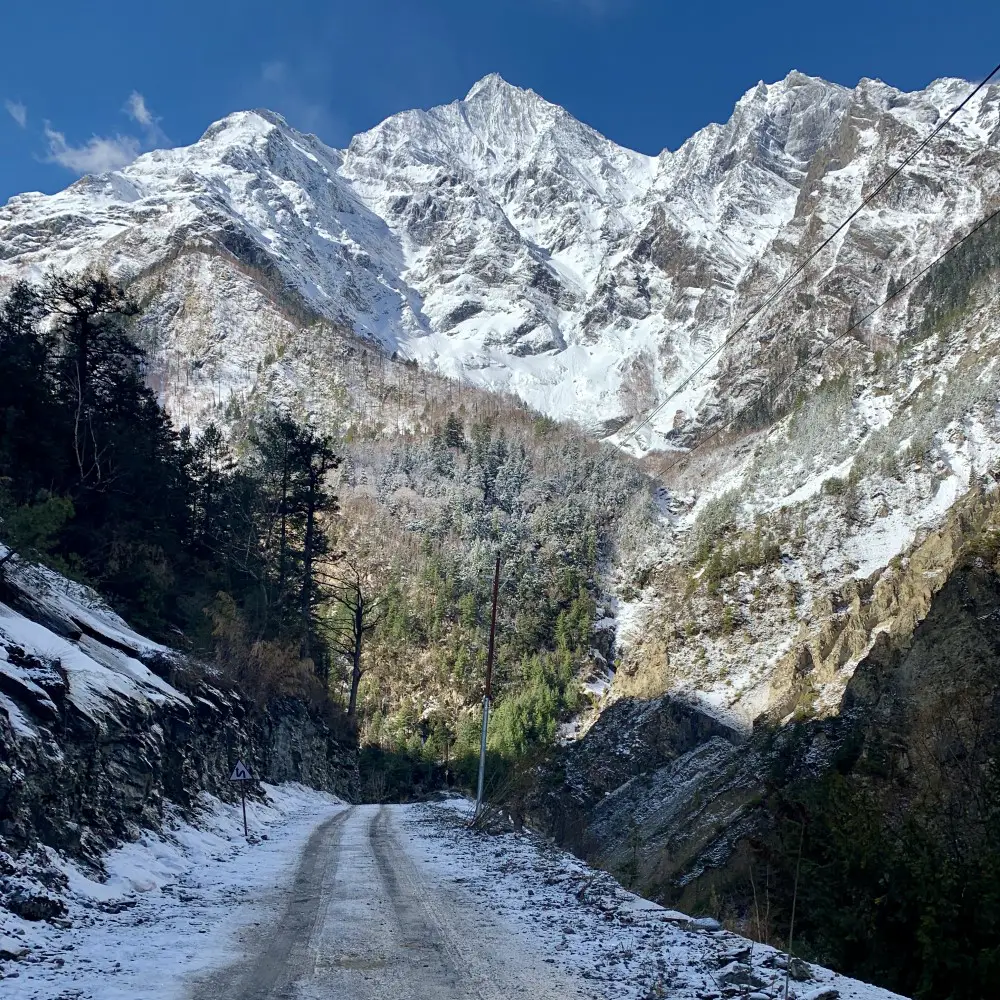

It’s free of charge and easy. Before setting off you should only remember to download free maps of the region which you’ll visit. Once the maps, which are very detailed, are downloaded, you are able to navigate offline. Mountain paths, which are often usually omitted on Google maps, are marked very well. What’s more important, you do not need the internet which is a key feature in the remote Himalayas.
This app saved my skin several times. It happened during the trek to the Ama Dablam Base Camp as well as on the way to Ice Lake. I’ve done both hikes on acclimatization days – first on the Everest Base Camp trek meanwhile the second on the Annapurna Circuit. In both cases, the path was not visible due to the fresh snowfall. When you trek solo the Himalayas, the Maps.Me application gives you confidence. You feel safer. Have it with you, it costs nothing.
4. The risk of bad weather
Weather conditions in the mountains can change very quickly. You must always be prepared for any weather scenario. Even in the main trekking season, heavy snowfall might cancel your trekking plans. Here are a few tips to stay safe and avoid bad weather which is one of the main risks while trekking in Nepal.

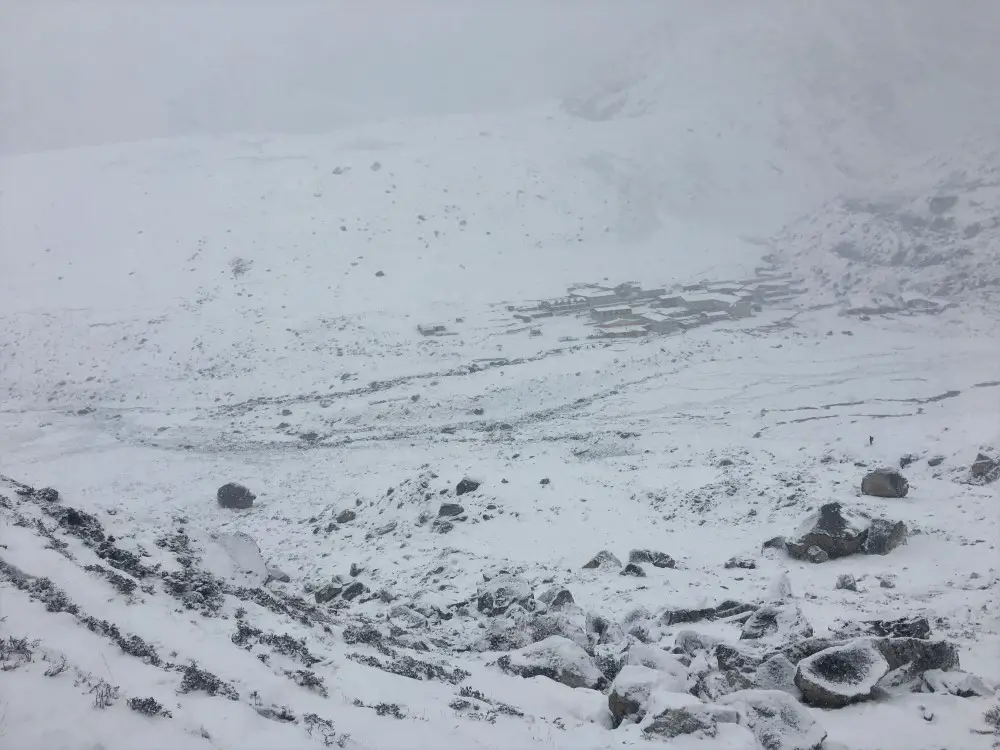
4.1. How to avoid bad weather?
The most unstable weather with heavy rainfall and landslides are always expected between June and August. This means that trekking in the summer months, which is
the monsoon season in Nepal should be avoided
Secondly, regardless of the season you set off for your adventure,
it is always best to start trekking early in the morning
In the morning hours, the sky is usually cloudless and visibility is at its best. The weather usually deteriorates in the afternoons. It often becomes cloudy and the wind gets stronger. If the clouds are thick, the visibility is poor and it’s foggy, it’s best not to go into the mountains at all. It’s safer to wait until weather improves. If you happen to be trekking when the weather gets bad, try to find shelter as soon as possible.

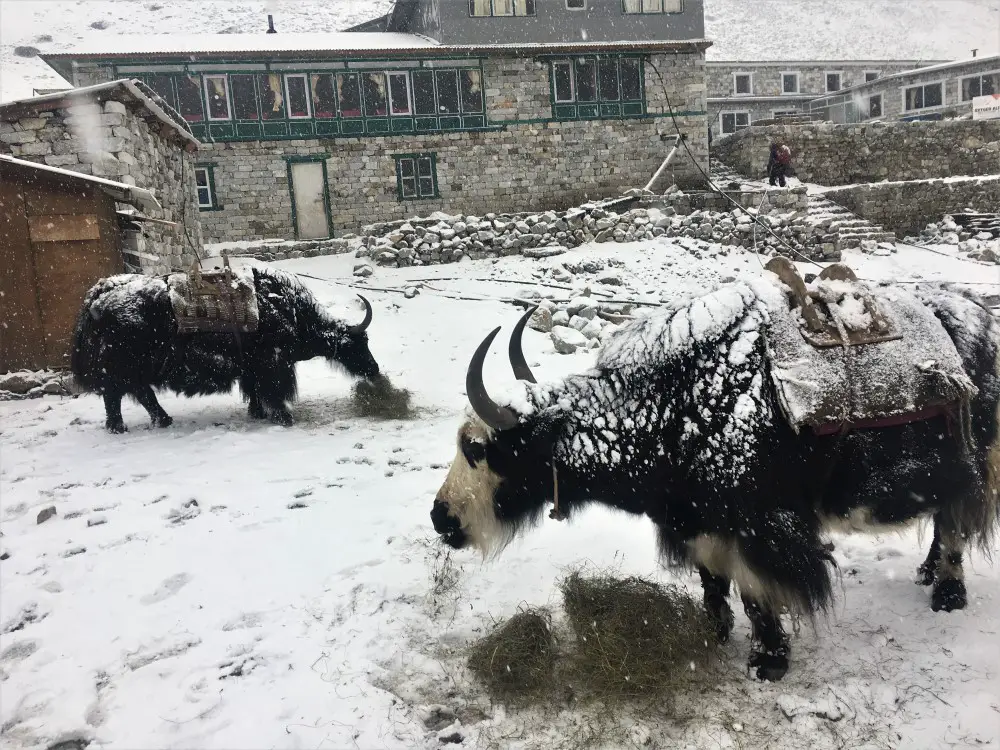
Reinhold Messner, who is one of the most famous mountaineers in the world and the first conqueror of all 14 eight-thousander, wisely said: “Mountains are not fair or unfair, they are just dangerous.” And will just add on top of that: especially in bad weather.
5. Avalanches: What do you need to know?
Last but not least you need to remember about the risk of an avalanche. It can occur at any time of the year. In order to reduce the risk, especially if you are at a higher altitude, you should always get familiar with the weather forecast. If you are uncertain,
just ask the locals if it is safe to go to the mountains
The risk of avalanche increases after heavy snowfalls. Of course lit largely depends on what altitude you are but if it snows a lot,
you might need to stay in the tea house and rest one a day
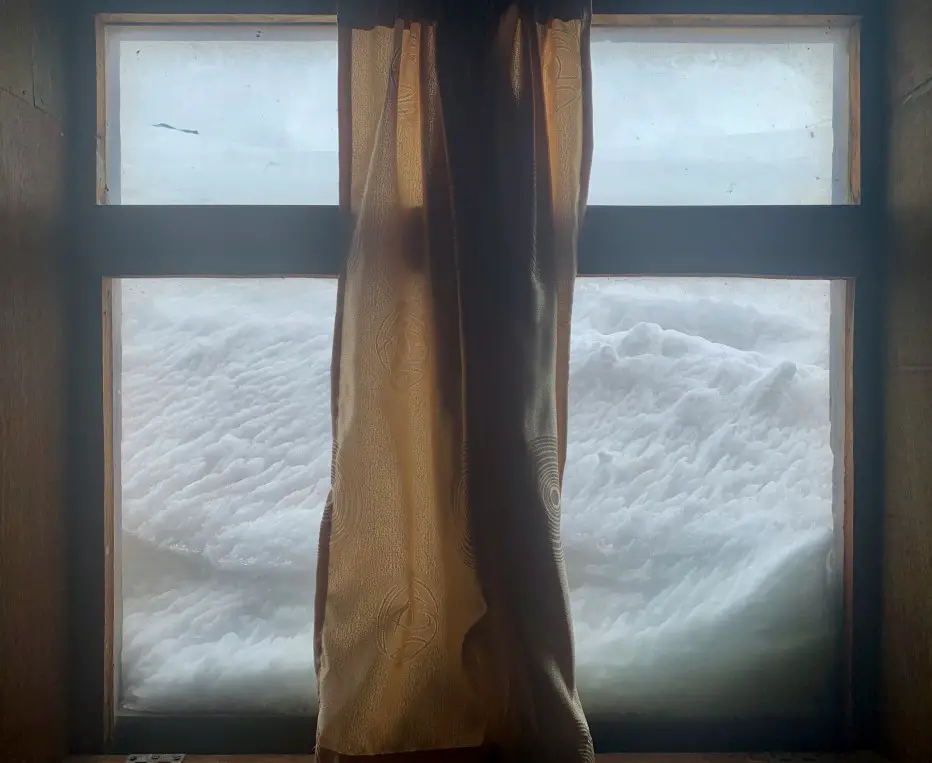
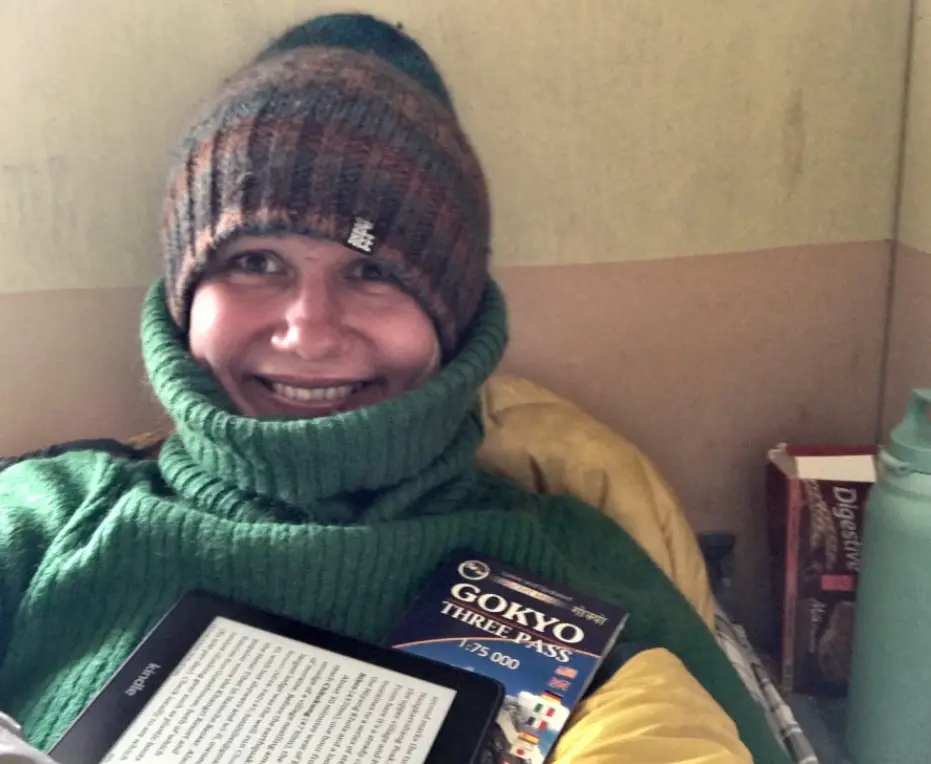
CONCLUSION: IS TREKKING IN NEPAL DANGEROUS?
The weather is becoming more and more unpredictable and extreme weather events are happening frequently due to the recent climate changes. The rise in the oceans’ temperature has increased the tropical cyclones intensity. In October 2014, on a very popular Annapurna Circuit trek 43 people, including 21 trekkers, died in a snowstorm and an avalanche caused by a cyclone. Also in the Annapurna region in January 2020, not far from the Annapurna Base Camp, at an altitude of 3,200 m an avalanche caused by the rain and heavy snowfall killed 7 people, including 4 trekkers and 3 Nepalese guides.
However, there is no need to panic! Over 100,000 tourists visit the Annapurna region every year and the biggest problem of most of them are the blisters on their feet 🙂 So you just need to be aware of all the risks while trekking in Nepal, as it will greatly help with the prevention. Hopefully, this article will help you with that.
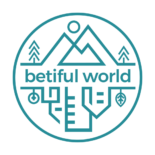
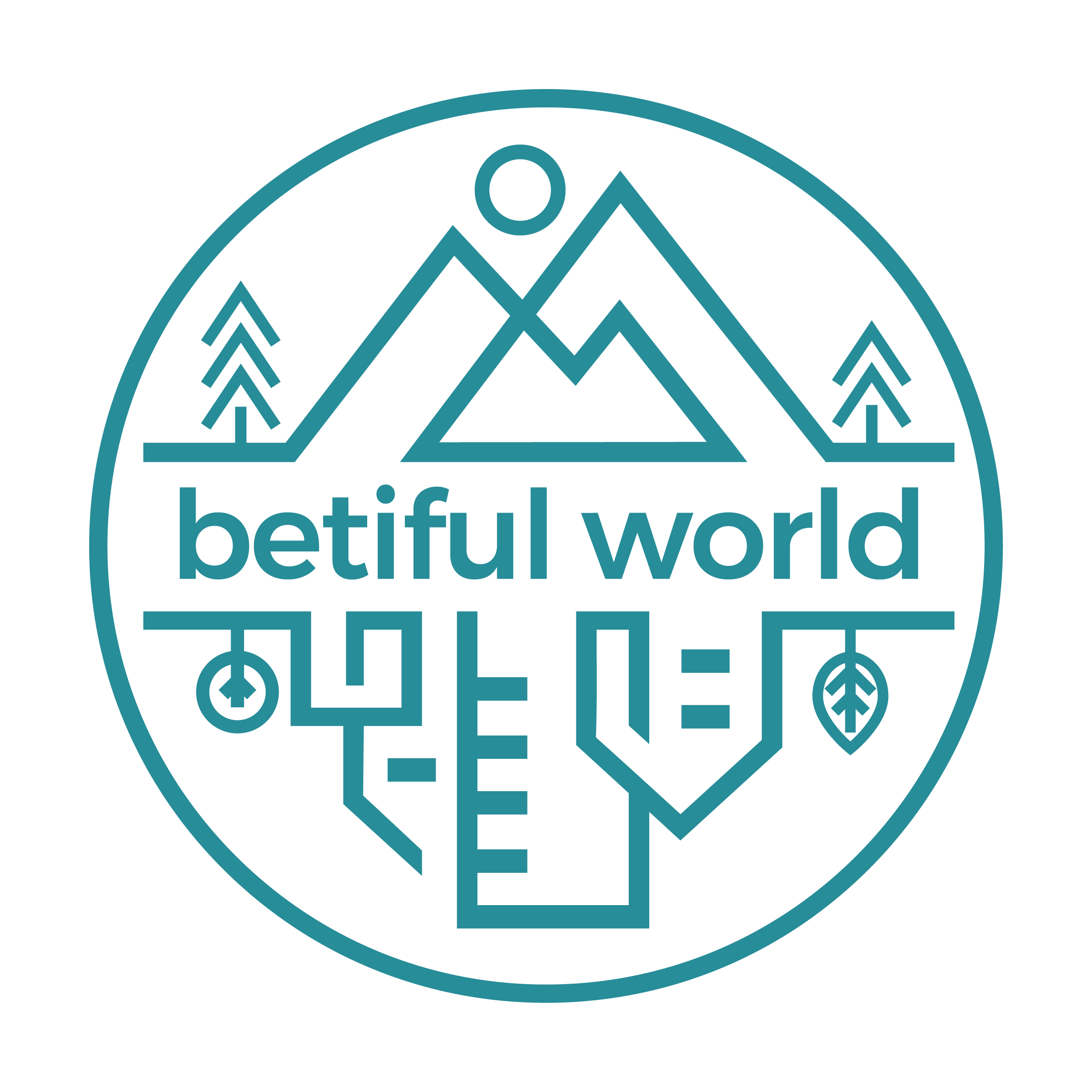


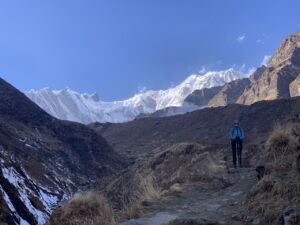

Thanks for the really interesting read and love the photos !
Can i ask you if you did the ABC before the circuit to gain experience multi day hiking at altitude? I’m a first timer to Nepal, reasonable fitness and have only climbed Mt Kinabalu which is high but the hiking is only 2 days !!
Thank you
Hi Kath, thank you for your kind feedback. It always inspires me to write more 🙂
Initially, I only did a short Poon Hill trek with my mum <3 and quickly realised that trekking in Nepal is easier than many people think. The infrastructure is excellent – you are staying in comfortable lodges, and on most popular treks, can enjoy a cappuccino and a cinnamon roll in the sun on your rest days. English is widely spoken, people are very helpful, trails are well-marked and safe. And well, if you love the outdoors, mountains, and hiking, I'm sure you will enjoy multi-day trekking! Isn't spending many days in the most spectacular mountain scenery better than just one or two?
After Poon Hill, I completed the EBC trek/Kongma La Pass, followed by the Annapurna Circuit, and more recently, the ABC trek. So, I started with the toughest.
But the ABC trek is ideal for beginners. Last year, I brought my partner with me to Nepal for the first time to do the ABC trek, and he loved every second of it. While he had previously climbed Mount Fuji and a few 2500-3000m peaks, his experience was probably similar to yours. By the way, congratulations on conquering Mt. Kinabalu – it’s a killer! It has always been on my radar, and I hope to go back to Sabah one day.
The ABC trek is easier than Annapurna Circuit as you don't need to climb as high but still offers fantastic mountain views. I believe it's a much better choice than Poon Hill as a first trek (although you can combine both: ABC + Poon Hill) for people with some mountain experience and trekking… without their mum 😉
On the other hand if you're considering the Annapurna Circuit, just start from the bottom (Besisahar or Ngadi), and your body (and mind – don’t forget it) will have plenty of time to acclimate to high altitude if you trek slowly. If you have enough time (at least 16 days), complete the entire (or almost full) circle on foot. The truth is, you can never predict how you'll feel at high altitude, so even if you're fine at ABC, it doesn't guarantee you'll be fine on the Annapurna Circuit, or vice versa. The key is to trek slowly, eat well, and drink plenty of liquids.
If you have the time and are not sure if you will ever return to Nepal again, I would recommend the Annapurna Circuit, but take it slowly. It offers a more diverse scenery and cultural experience. However, if your time is limited or have big concerns about your performance during a long trek, then the ABC trek is a great option.
I can assure you that you will love both, so in the end, it’s not such a difficult choice! 😉
I wrote a lot as always… As if it was not enough, maybe my comparison between ABC trek & Annapurna Circuit would be helpful:
https://betifulworld.com/annapurna-circuit-vs-abc-trek-comparison-which-trek-to-choose/
Good luck!
Beti